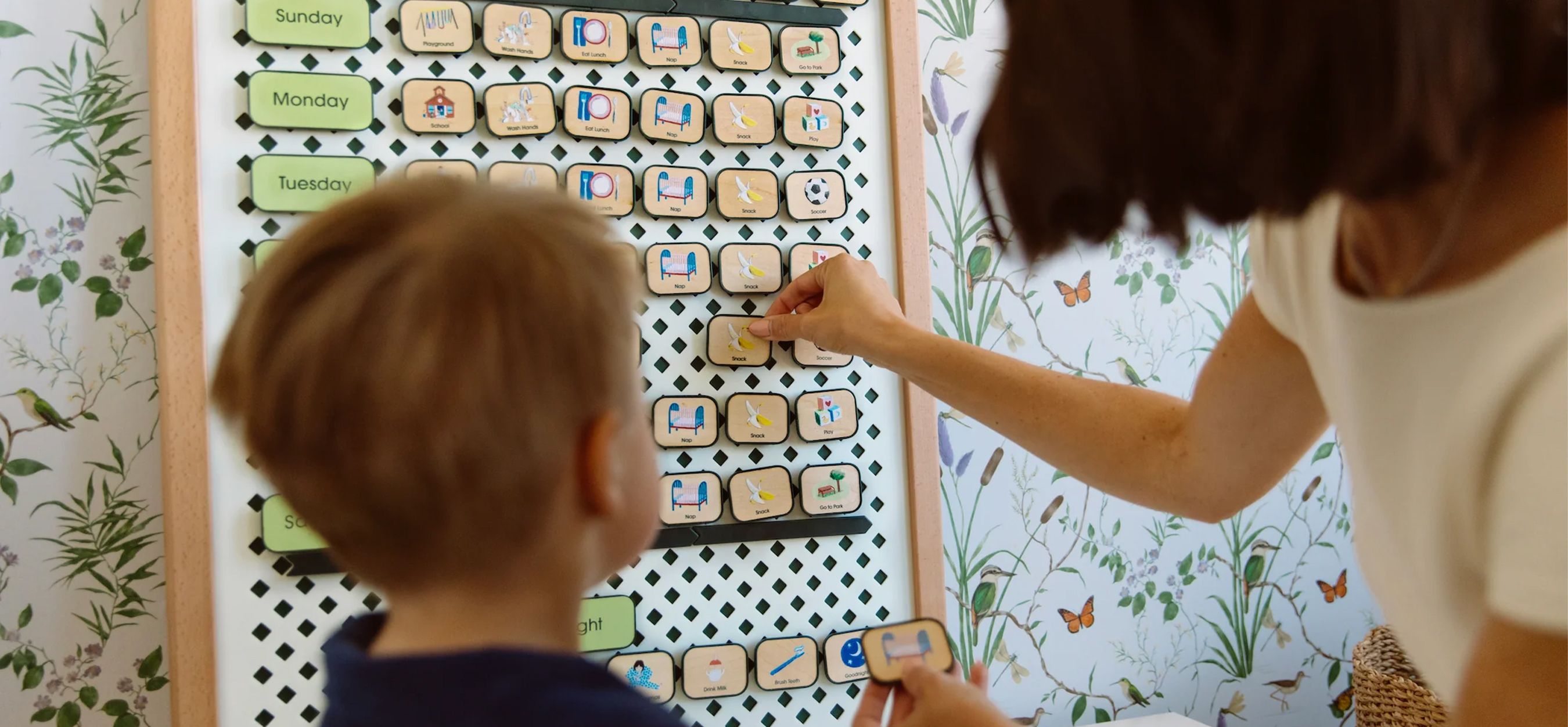
Ask An Expert
Your Guide to a Stress-Free Summer Routine
We asked early-childhood development expert and Charmspring co-founder, Allie Klein for tips to help us nail that elusive summer schedule so that you and your minis can fall into a rhythm with enough flexibility to keep everyone happy (yes, even you!).
- Written By
- Allie Klein
The season of spontaneous outings and soaking up the sun is upon us! And with that comes changes to the family routine—bedtimes get later, days get less predictable , and “just five more minutes” turns into an hour. As schedules shift, lean on simple, flexible routines to support your family so you can avoid those late-afternoon meltdowns and actually enjoy the freedom summer brings.
Here are a few tips to help you find your summer flow:
Create Anchor Points in the Day
Keeping parts of your child’s routine consistent during summer—like bedtime rituals or afternoon quiet time—can make life a lot easier for everyone. When kids know what to expect, like reading two books before bed or picking out their pajamas after a bath, it gives them a sense of comfort and security. These little routines help set clear expectations and make transitions throughout the day go more smoothly. Plus, having a few familiar moments to count on helps kids feel grounded—and that makes it easier for them (and you) to embrace the flexibility of summer.
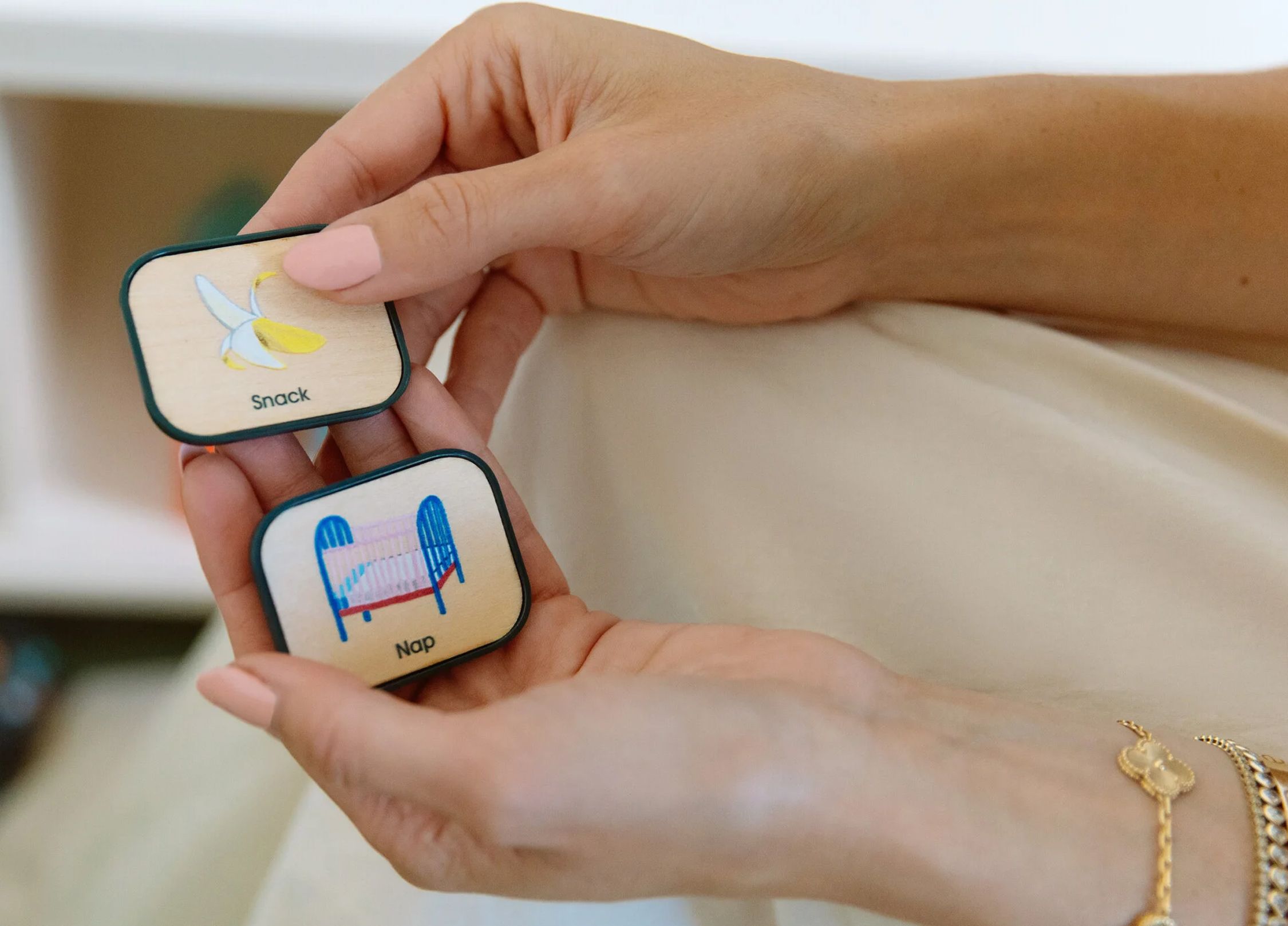
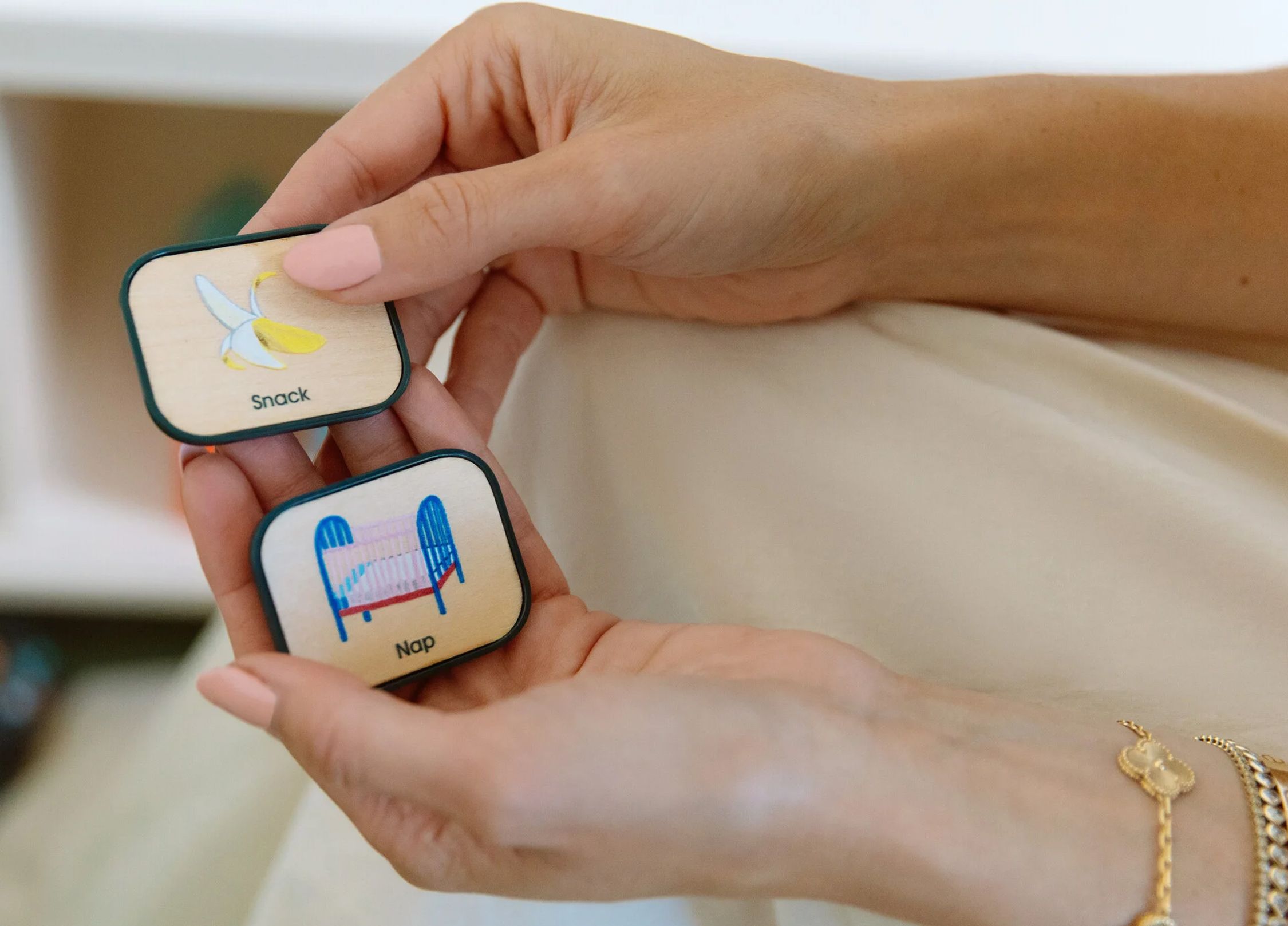
Find a Daily Rhythm
Whether your child is heading to camp, visiting relatives, or enjoying days at home, adding a sense of rhythm to summer days can make a big difference. Try using a visual schedule—like the Springboard—to map out the day’s activities together. As you go over the plan, talk about what’s coming up, whether it’s a beach trip, a picnic, or an evening adventure. When routines are shifting, kids need extra visibility to feel safe and stay regulated. Creating the schedule together also gives them a chance to connect with you and talk about parts of their day—like new experiences at camp or plans they’re excited about.
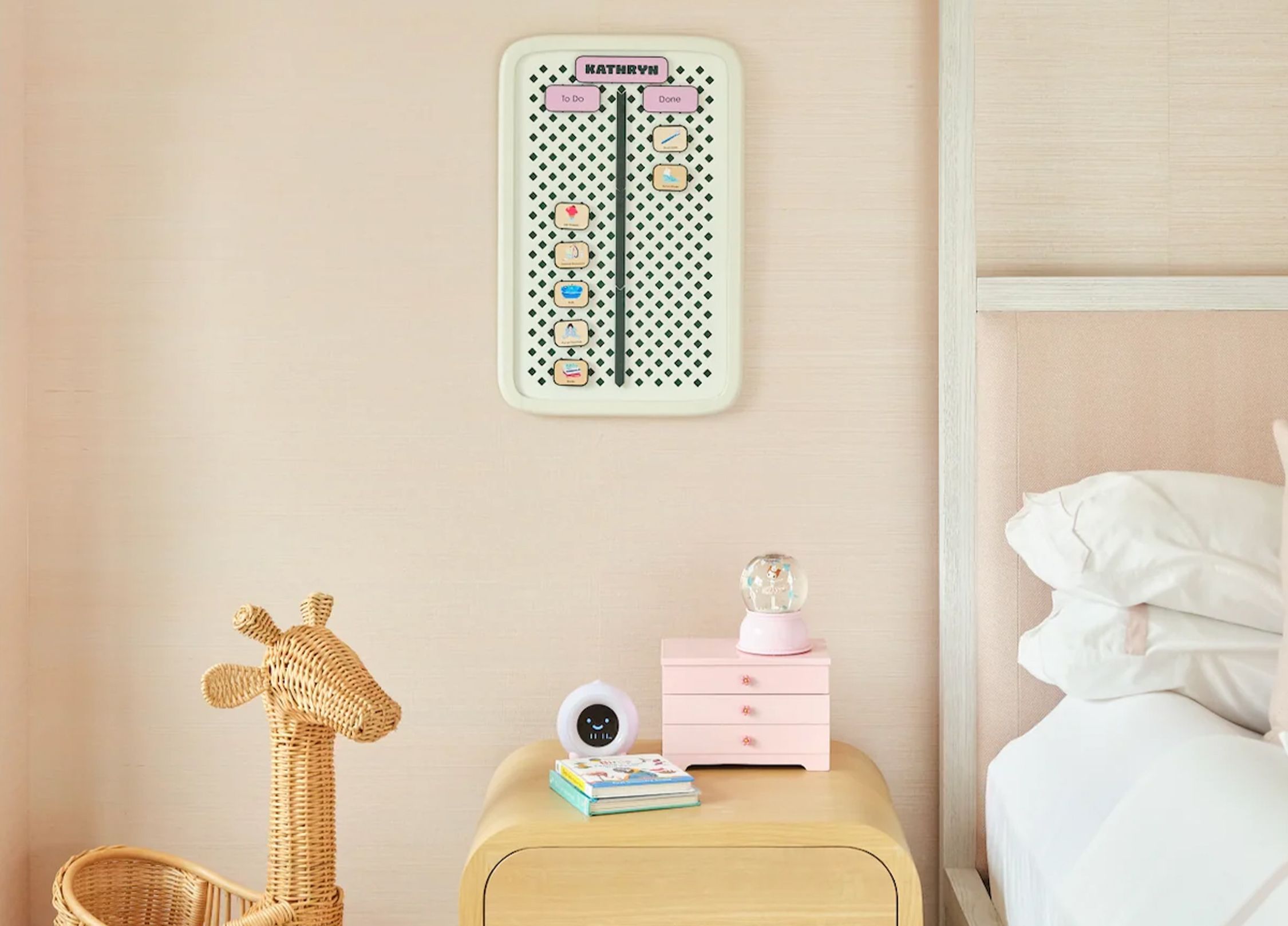
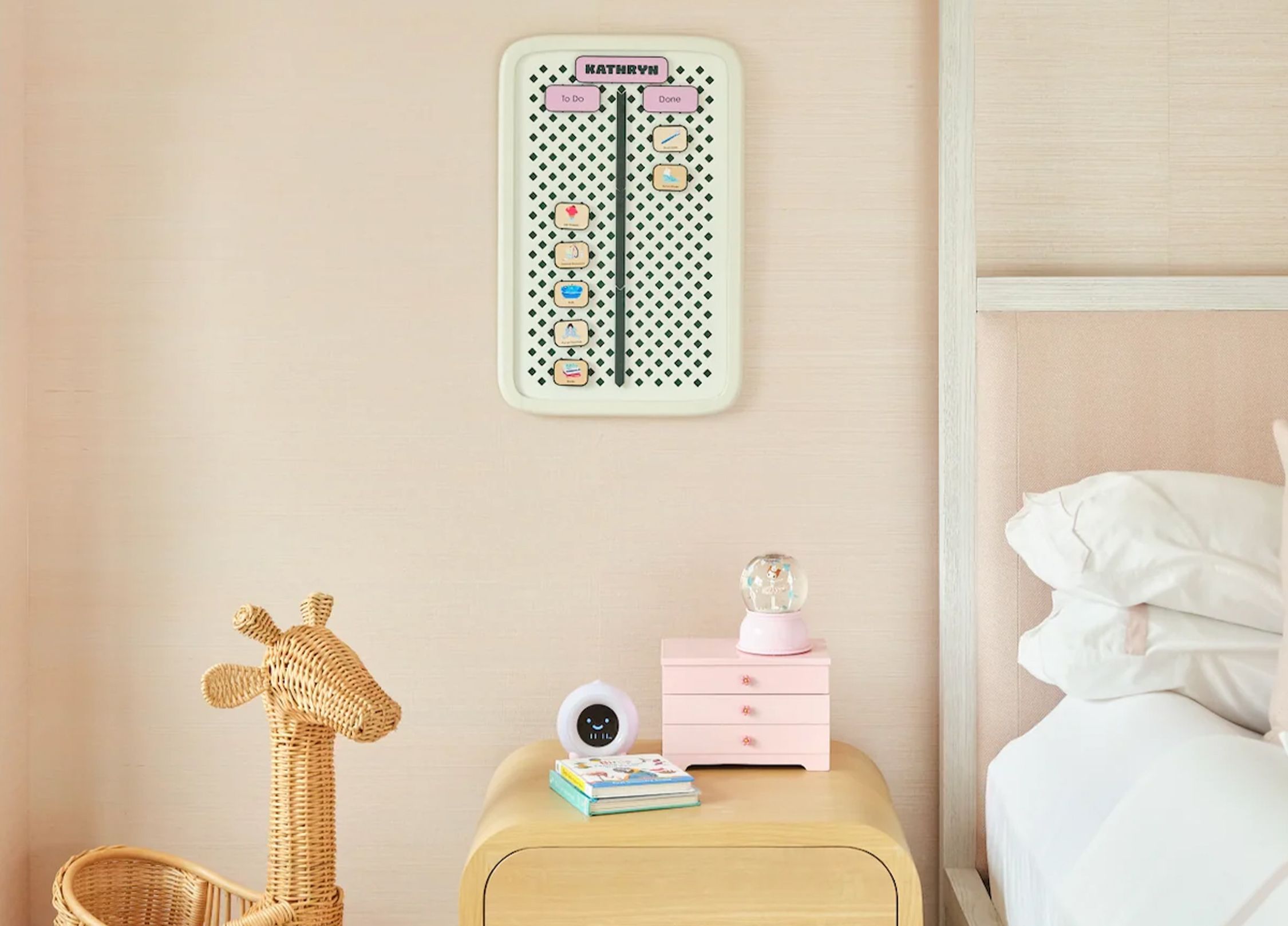
Embrace The Outdoors
Make the most of the season by shifting elements of the routine outdoors whenever possible. Spending time outside with our children can help us feel more playful and present as parents. It also boosts the mood and creates moments of connection. Try having a breakfast picnic in the backyard, moving daily quiet time to the park for activities like beading or reading books or take a quick family walk before bedtime.
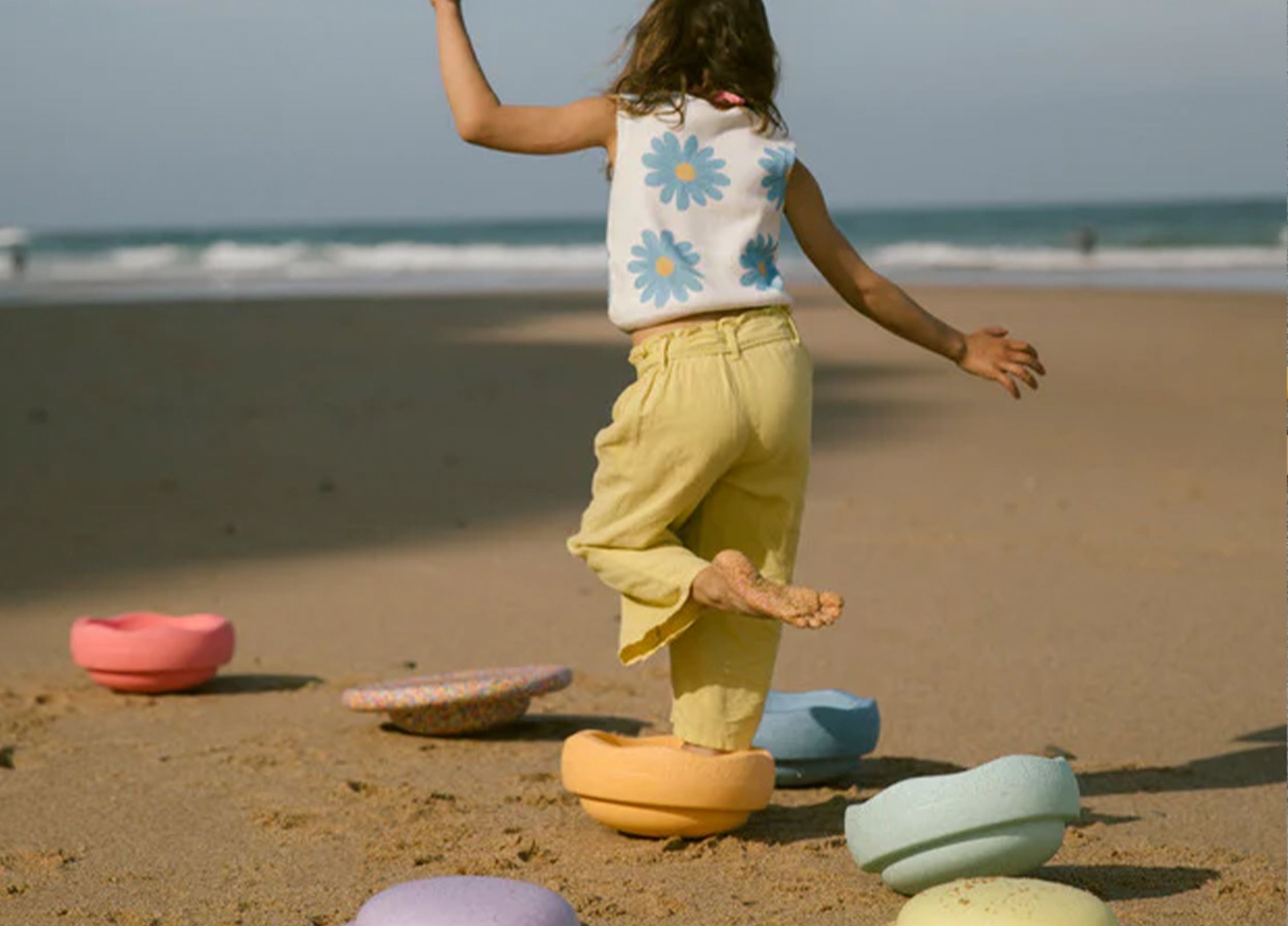
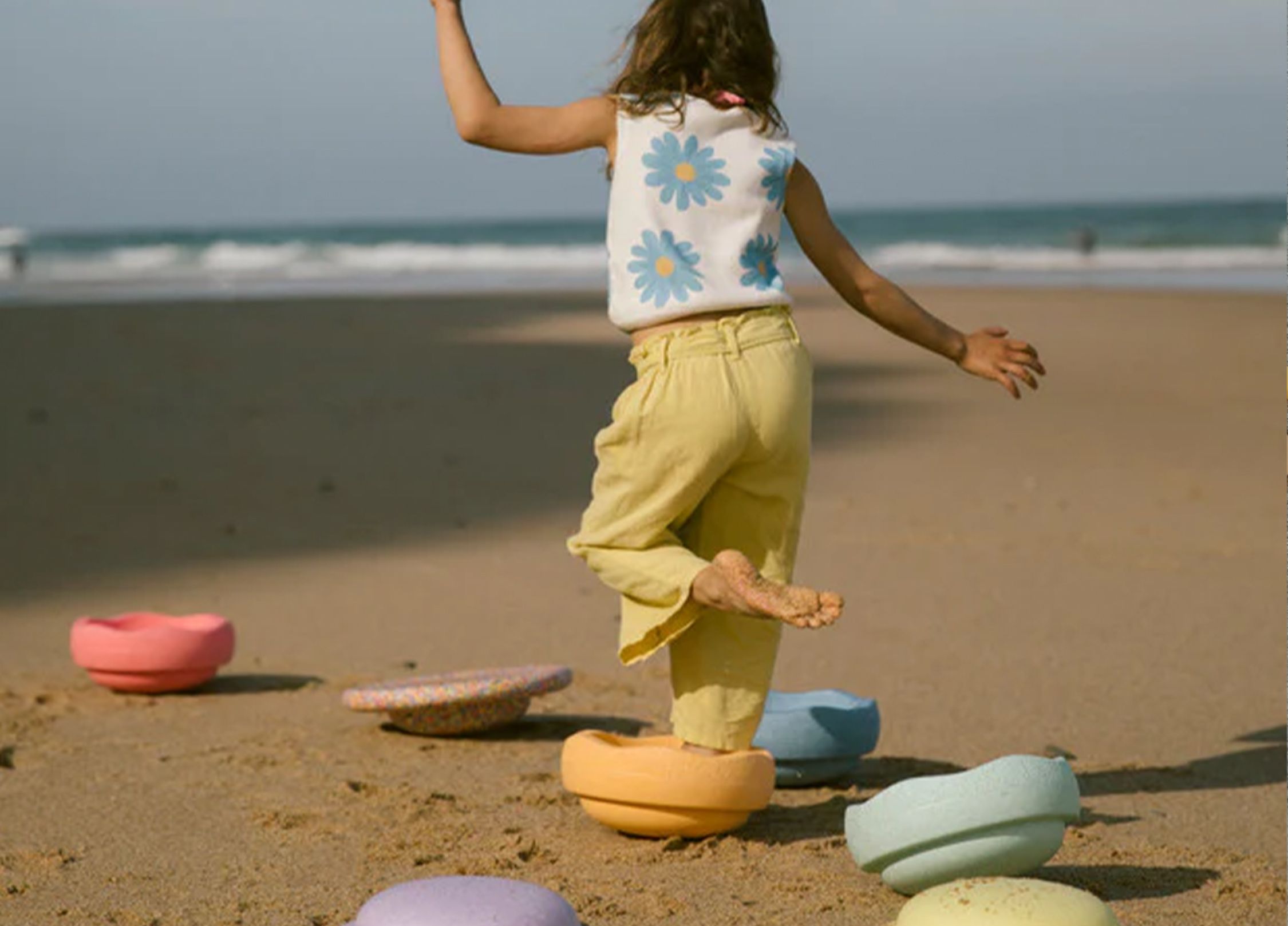
Don't Overschedule
Embrace the slower days by leaving space in the schedule for play. Long stretches of unstructured play are magical for children and support development across every domain. Not only is play fun, it is also one of the best ways to build school readiness over the summer months. As children pretend, negotiate roles, solve problems, and explore their environment, they build essential skills for the classroom—like self-regulation, language development, persistence, and cooperation. Play also allows children to further investigate people or places of interest, reflect on the experiences they’ve had away from home, like camp, and share these experiences in a meaningful way.
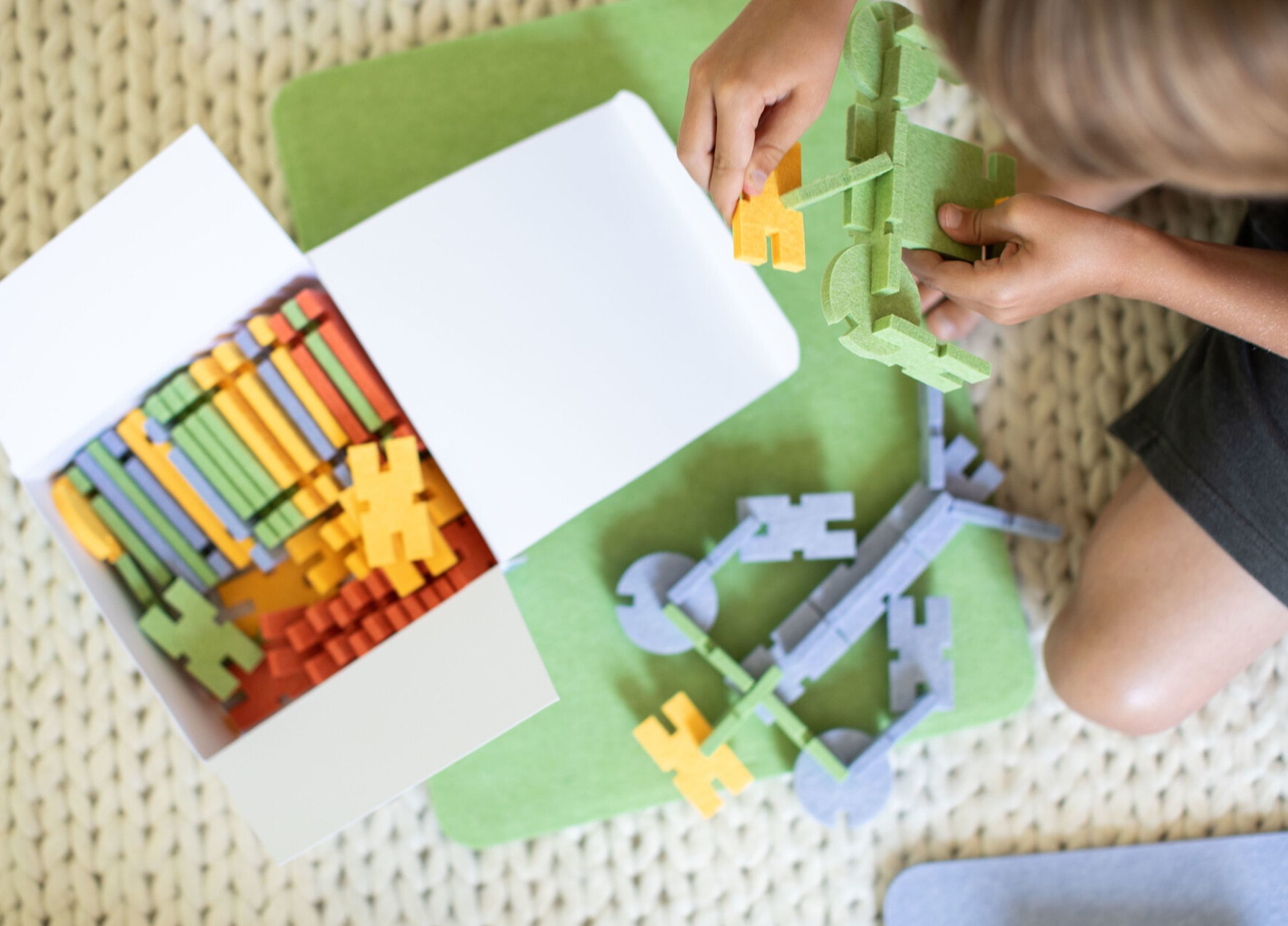
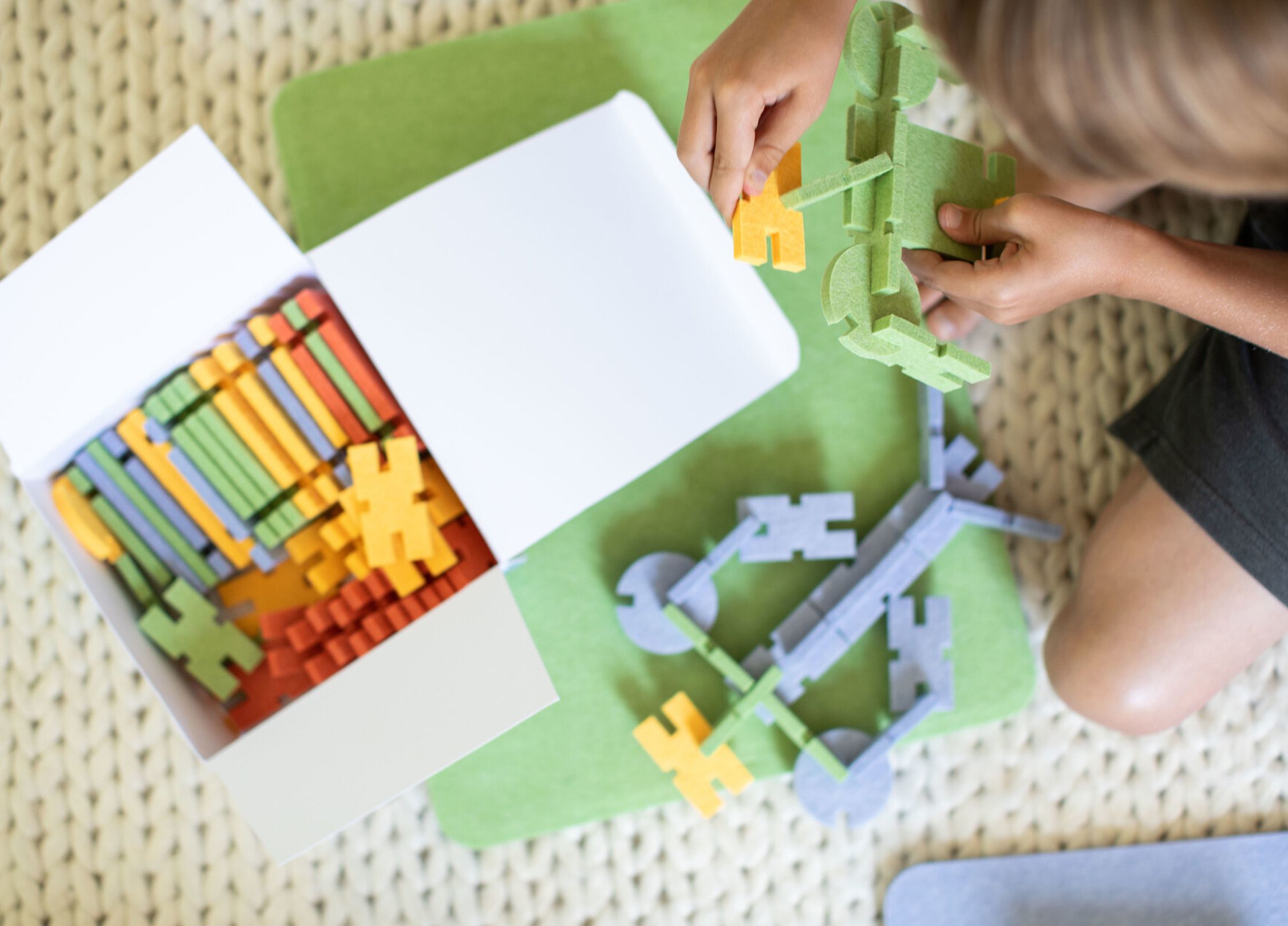
Support Your Exhausted Adventurer
From camp to BBQs, summer brings plenty of new social experiences for kids. Before outings, talk to them about how many people will be there, how long they’ll stay, what activities are planned, and what’s expected of them. When they come home, help them unwind with some cozy home play—like a bath, a comfy reading nook, or a little sensory fun with play dough or toy washing. This balance of fun and downtime helps kids adjust and recharge.
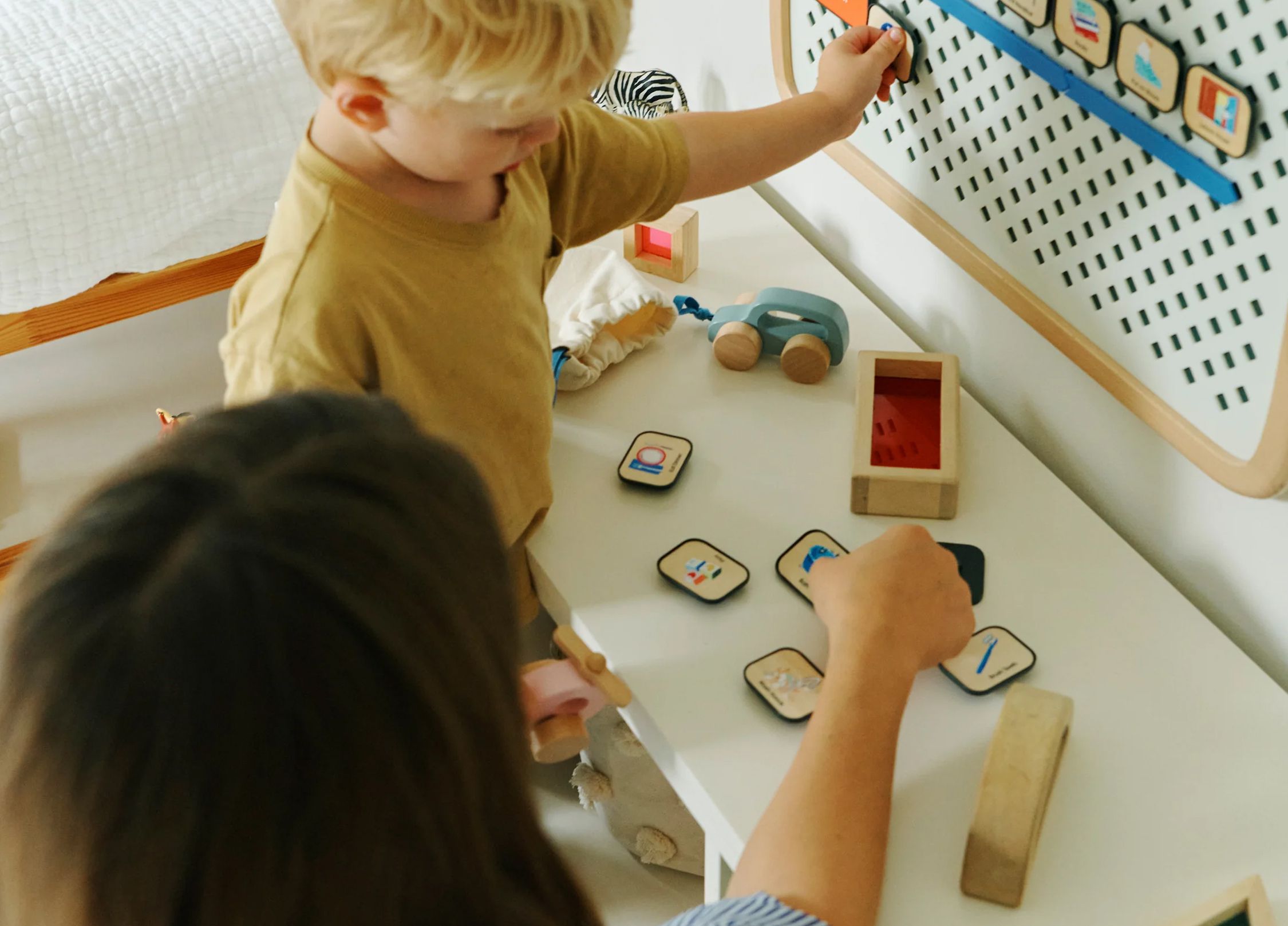
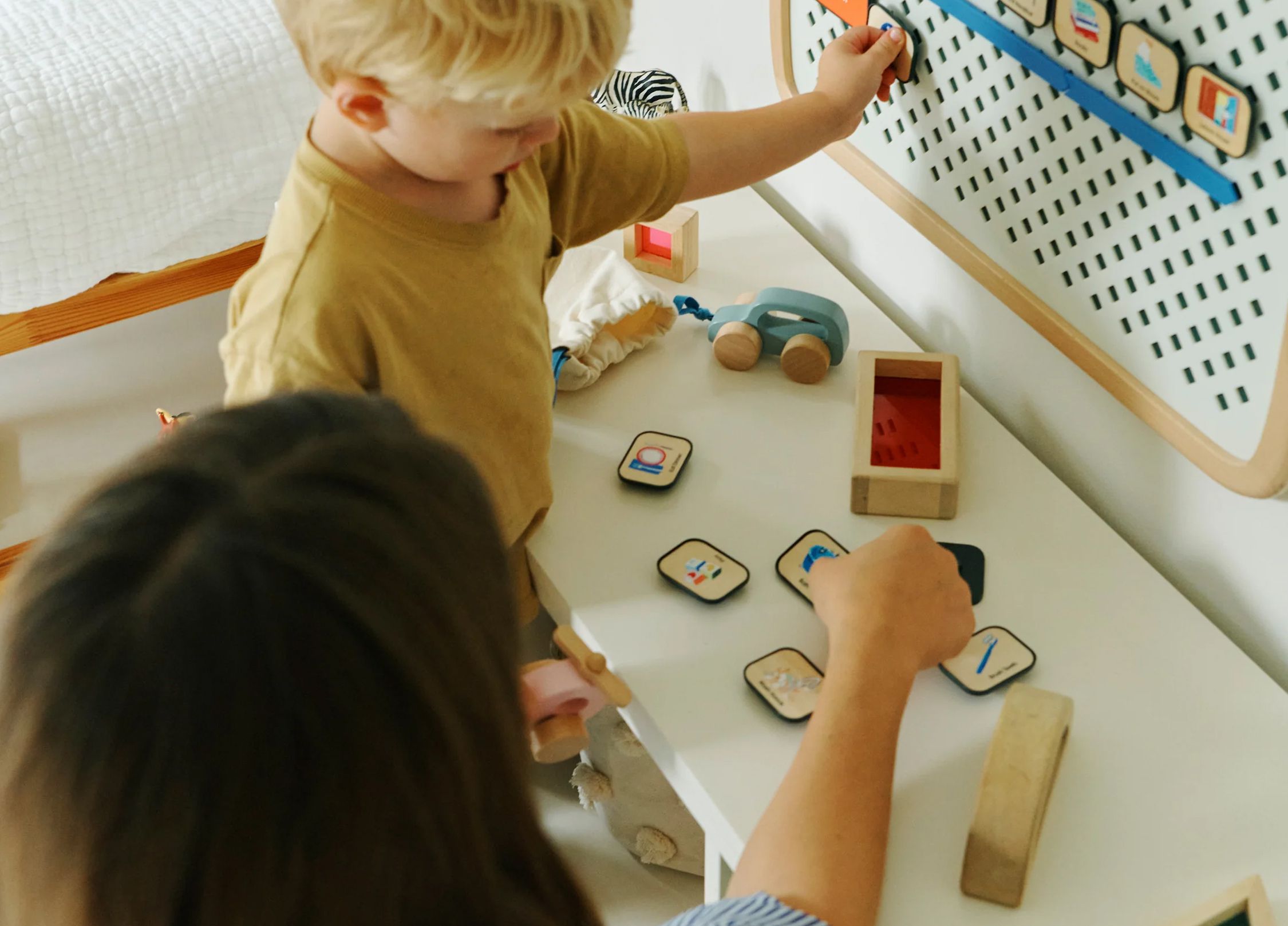
Blending flexible routines with space for unscheduled moments creates a supportive rhythm for your family. It’s not about having everything perfectly planned—it’s about finding what fits your family’s flow. So take a breath, embrace the slower pace, and soak up the magic of summer. You’ve got this.
Learn more about the Springboard visual scheduler.